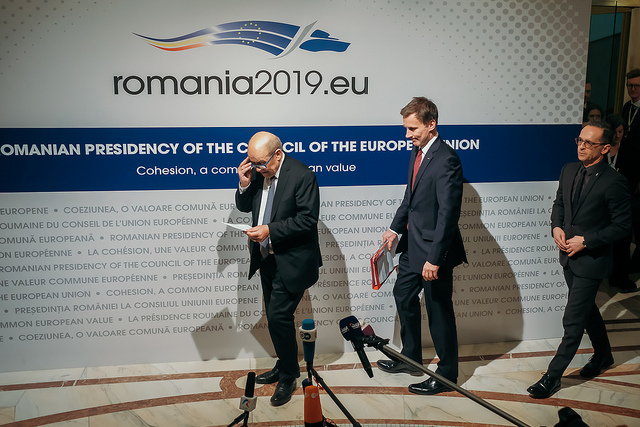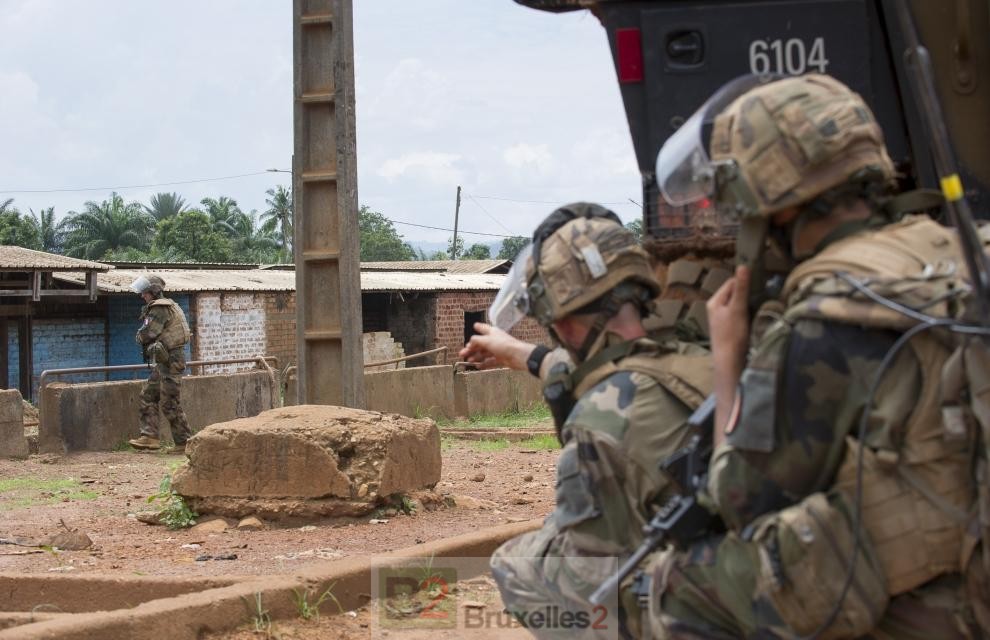Two forgotten tools of European crisis management diplomacy: to be revived?
(B2) The difficulty of constituting the contact group created by the Europeans for Venezuela as well as its heterogeneous side lends itself to questioning. Could we not have a more reactive European diplomacy?

Certainly, we must bring together as many countries as possible and have a single voice. Certainly, it is important to take care not to offend the sensibilities of some and the interests of others. But there comes a time when you have to ask yourself: how far should you go to be inclusive? Is it necessary to speak with a single voice, if it is to speak in a low voice? Can't we be more present and quicker in the event of a crisis in a given country? These are reflections that are being made in the corridors of Europe. I will add one: why have we abandoned the tools used a few years ago, which undoubtedly had faults, but also qualities? Two 'tools' could thus easily be revived.
First tool: the designation of an envoy or a special representative for a crisis zone
luck of miss dominici, responsible for shuttling between the various protagonists to re-establish the threads of dialogue, the special envoy or special representative (see box) was responsible for representing the face of Europe in a crisis and identifying possible solutions.
This task could be entrusted to a 'politician' (former minister of foreign affairs, former prime minister, former European commissioner) or to a former senior official in national diplomacy (general secretary, etc.), and not to a simple Diplomat. This would have some advantages: relieving the High Representative of certain negotiating tasks; associate other characters with European diplomacy, have a political vision of a crisis and not just a diplomatic one.
To succeed, this function must remain temporary, the time of the crisis. It is imperative to prevent this function from becoming encysted and taking the place of ordinary diplomacy. This is too often the case with the special representatives currently in post who often have little to do with crisis management (1). As soon as the acute crisis is over, the task must return to the usual diplomats.
Second tool: the appointment of a troika or a duo of member countries
This method may seem ancestral today. It dates, in fact, from before the Treaty of Lisbon and the concentration of powers in the hands of the High Representative. It proceeded from the three rotating presidencies. It had one advantage: closely involving three sometimes very different countries in solving a problem. Today, the existence of the High Representative renders the obligation obsolete. But it does not exhaust the effectiveness of the process or the possibility of using it.
Having two or three European diplomacies, sometimes very different, conducting negotiations, makes it possible both to illustrate the diversity of approach of the Europeans, as well as their unique message. It has been successfully used, and continues to be, in solving the Iranian nuclear problem (E3 = France, Germany, United Kingdom). It remains in use for the question of Ukraine (E2 = France, Germany) or for the question of Yemen (E4 = France, Germany, United Kingdom + Italy). One could imagine other formats for other crises.
Instead of a plethoric and very late group (2), a 'Greece, Italy, Spain' troika on Venezuela could have been interesting, some close to Maduro, others to Guaido. All very concerned, because they have historical or immigration links with the country. We could associate a country that is 'more neutral' because it is less affected by the crisis, such as Romania, which currently chairs the Union. We would thus have quickly had a European-style 'contact group' set up at the start of the crisis, and not in the middle.
The two tools 'special envoy' and 'troika' are not contradictory, they can be combined very well.
(Nicolas Gros-Verheyde)
Special Envoy or Special Representative
A subtle distinction exists. The special envoy can be created in a way and following the best practices by the High Representative or the European Commission according to a profile defined by the institution that creates it and financed from its internal budget ('administration' line of the EU budget). The EU Special Representative is a position foreseen by the Treaty, which requires a proposal from the High Representative, a decision from the Member States, with a written mandate, published in the Official Journal. It is financed by a specific budget decided annually (within the 'CFSP' line of the EU budget).

